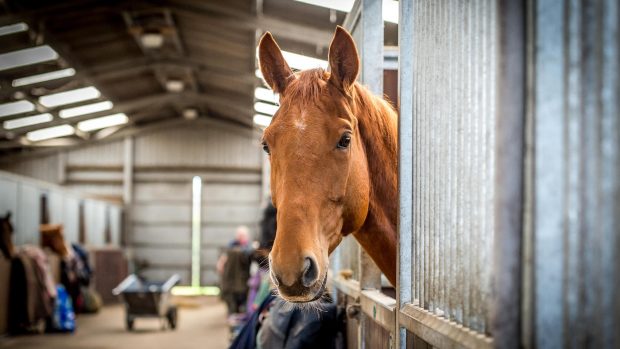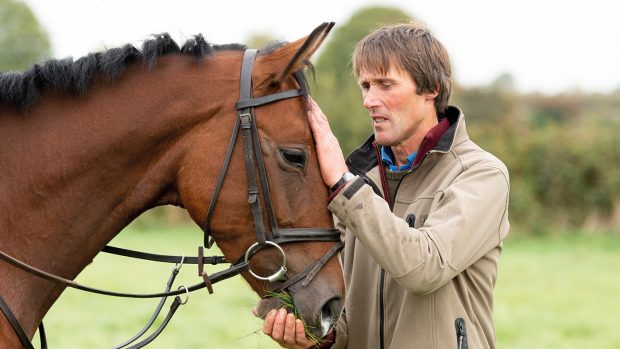Vetting horses prior to purchase is important and something Horse & Hound would always recommend when looking at horses for sale and certainly before paying for any horse or pony.
Although a two-stage vetting may look financially more appealing, you might miss out on vital information that you would have got from a five-stage vetting, so now is not the time to scrimp and save. It may cost you more in the long run through unexpected vets fees. In most cases a five-stage vetting will be required if you intend to insure the horse.
When having a potential horse vetted:
- Ideally use your own vet or, at least, an independent vet. If you have friends who live locally to the area then ask them who they’d suggest, or you could ask for recommendations via the H&H forum or local social media groups. Do not let the seller organise the vet.
- It is worth being present when vetting horses so you can see the vet’s reactions and talk to him/her as they goes through the different stages.
- Ask the vet to give a rough estimate of the horse’s age and see if it matches up to what the seller has said.
- Make sure you explain to the vet your level of riding ability/experience, as well as exactly what you plan to do with the horse.
What’s included in a five-stage vetting:
- The main areas of examination are wind, eyes, heart and action.
- The horse will be trotted up on hard ground, and checked for any stiffness both before and 30mins after exercise. This is normally done via flexion tests.
- The horse will be ridden or lunged to the point where he is exerting himself, so his heart can be monitored.
- A blood sample will be taken.
- You may consider having X-rays done for a performance horse, but this is not included as standard in the five-stage vetting.
When you have the vet’s report:
- Read what the vet has written carefully to be sure that you don’t miss important notes.
- If a problem shows up while vetting horses and you are unsure whether to go ahead with the purchase, ask the vet in his professional opinion whether or not he thinks you should buy this horse.
- Remember the vet can only give you their opinion based on what they see on the day when the vetting takes place. They do not have a crystal ball and cannot predict the future!
- Send the vet’s report to your insurance company before handing over payment for the horse, so you know if they intend to put an exclusions on your policy based on the vet’s findings.
With luck the horse will pass the vetting and you can start planning your future together. But if the horse fails the vet, it doesn’t automatically mean an end to your purchase. Discuss the implications with your vet and your insurers and consider whether you have the knowledge and facilities to manage the issue that has been highlighted during the process. Some buyers will be open to negotiation on the price for a minor issue, but if your vet advises you to walk away, we recommend you act on their advice.
Next step: Final questions, payment and taking your horse home
Go back to step four: important dos and don’ts when buying a horse
Ultimate guide to buying a horse
Buying a horse: Horse & Hound’s ultimate step-by-step guide
Buying a horse: choosing horses to view
Buying a horse: viewing prospective horses
Buying a horse: important dos and don’ts
Buying a horse: final questions, payment and when you get your new horse home
Make sure you set aside plenty of time enjoy the journey of finding your perfect equine partner, as it could easily last a few months, but it will be worth it in the end.





